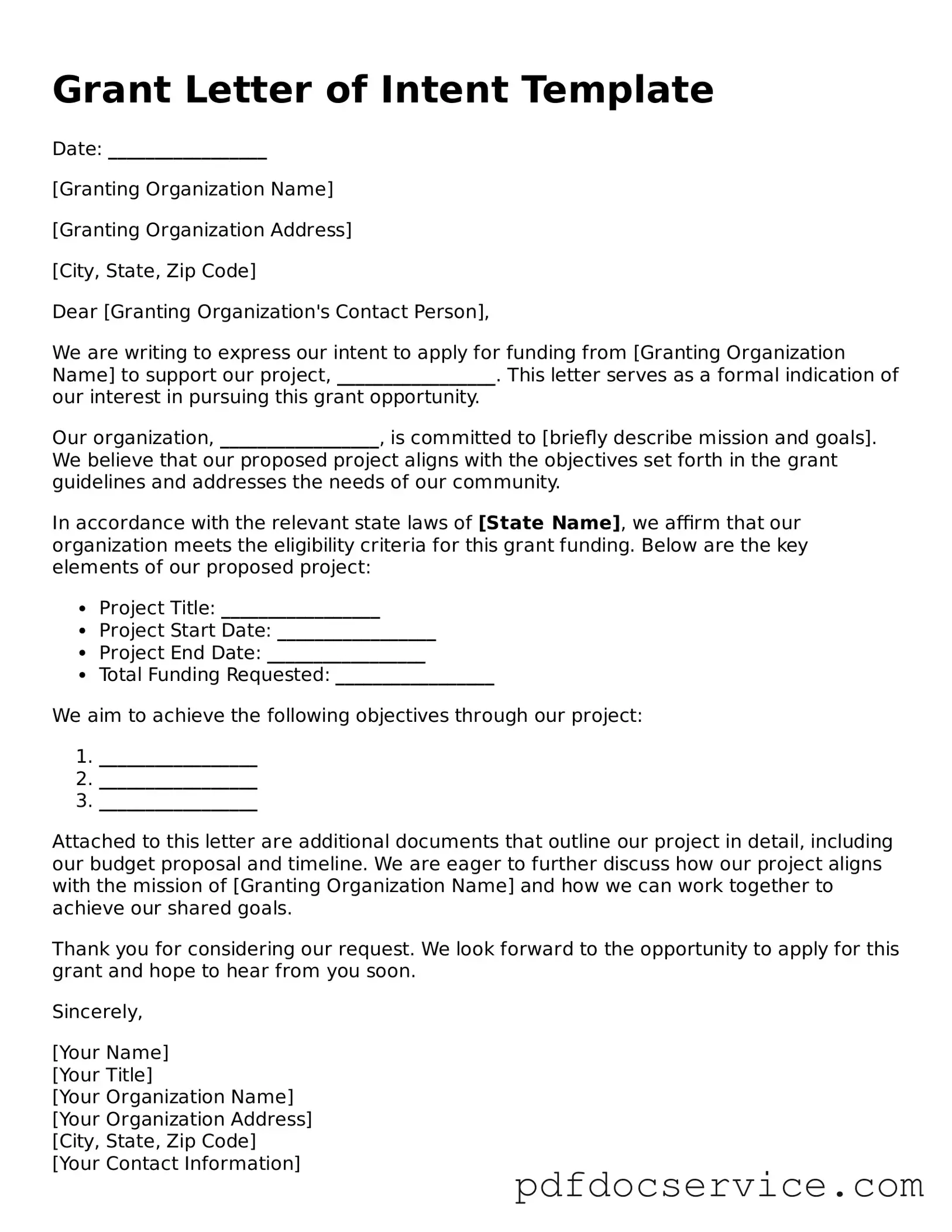What is a Grant Letter of Intent (LOI)?
A Grant Letter of Intent is a document submitted to a funding organization that outlines a potential project or program for which funding is being sought. It serves as a preliminary proposal, allowing applicants to express their interest in applying for a grant and to provide essential details about their project. The LOI helps the funding organization determine whether to invite a full proposal.
Why is the LOI important?
The LOI is crucial because it acts as an initial filter for both the applicant and the funding organization. For applicants, it provides an opportunity to gauge the interest of the funder in their project idea before investing significant time and resources into a full proposal. For funders, it allows them to assess the relevance and alignment of proposed projects with their funding priorities.
An effective LOI typically includes the following components:
-
Introduction:
A brief overview of your organization and its mission.
-
Project Description:
A concise explanation of the project, including its goals, target population, and anticipated outcomes.
-
Funding Request:
The amount of funding you are seeking and how it will be used.
-
Timeline:
An outline of the project timeline, including key milestones.
-
Conclusion:
A summary of why your project aligns with the funder's goals.
How long should the LOI be?
The length of a Grant Letter of Intent can vary depending on the funder's guidelines. Generally, LOIs are concise, ranging from one to three pages. It is essential to follow any specific instructions provided by the funding organization regarding length and format.
While there is no universal format for a Grant Letter of Intent, many funders provide specific guidelines that should be followed. Common elements include:
-
Standard font and size (e.g., Times New Roman, 12-point)
-
Single or double spacing
-
Clear headings and subheadings
-
A professional tone and language
Always check the funder's website or contact them for any specific formatting requirements.
How do I submit the LOI?
Submission methods for the LOI vary by funding organization. Many funders require LOIs to be submitted electronically through an online portal, while others may accept them via email or postal mail. Be sure to review the submission guidelines carefully to ensure your LOI is submitted correctly and on time.
What happens after I submit the LOI?
After submitting the Grant Letter of Intent, you will typically receive an acknowledgment from the funding organization. They may review your LOI and decide whether to invite you to submit a full proposal. This process can take anywhere from a few weeks to several months, depending on the funder’s timeline. If invited, you will receive specific instructions on how to proceed with the full proposal.
